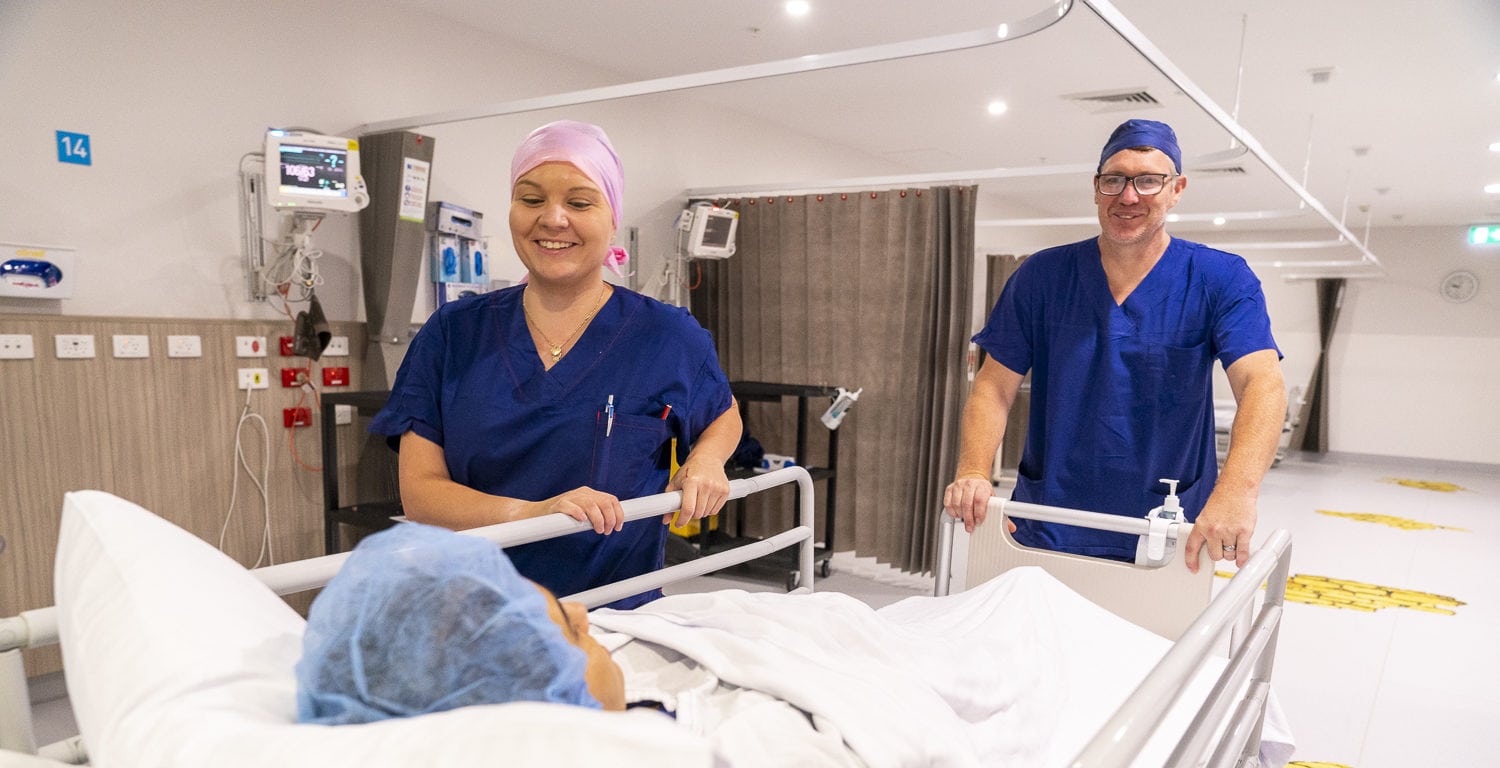
Common Signs Your Lap Band May Need to Be Removed
The Lap Band procedure was once a leading choice for people seeking a minimally invasive way to lose weight. By limiting how much you can eat and helping you feel full sooner, it offered a promising solution for managing obesity. However, not all patients experience long-term success with the Lap Band, and over time, some may develop complications that require removal. Understanding the signs that indicate your Lap Band may need to be removed is important for maintaining both your health and quality of life.
How a Lap Band Works
The Lap Band, or adjustable gastric band, is a silicone device placed around the upper portion of the stomach to create a small pouch. This pouch limits the amount of food you can eat and slows digestion, which helps with weight loss. The band is adjustable through a small port under the skin, allowing your provider to add or remove saline to tighten or loosen the band.
Although this approach works well for many people initially, complications or side effects may appear over time. Recognizing these early can prevent more serious issues and allow for proper medical intervention.
Persistent Nausea and Vomiting
Frequent nausea and vomiting are among the most common signs that something may be wrong with your Lap Band. These symptoms often occur if the band is too tight, restricting food passage, or if it has shifted out of place. In some cases, vomiting can become chronic and lead to dehydration, malnutrition, and damage to the esophagus. If adjustments do not relieve your symptoms, removal may be necessary to restore comfort and digestive health.
Difficulty Swallowing or Eating Solid Foods
If you experience frequent discomfort or find it hard to eat solid foods, this could be a warning that your Lap Band is no longer functioning correctly. Some patients report a sensation of food getting stuck or increased pain while swallowing. This may be caused by band slippage or pouch enlargement, which can interfere with normal eating habits. In these cases, a medical evaluation is essential to determine whether adjustments or removal are required.
Ongoing Acid Reflux or Heartburn
Chronic acid reflux is another common complication of the Lap Band. The pressure from the band can cause stomach acid to back up into the esophagus, leading to heartburn, irritation, and discomfort. Over time, untreated reflux can cause inflammation or even damage to the esophageal lining. If medications and adjustments fail to resolve the issue, Lap Band removal may be recommended to prevent long-term harm.
Pain or Discomfort Near the Band or Port Site
Some patients notice pain, tenderness, or swelling near the band or port area. This may indicate infection, slippage, or other mechanical problems with the device. An infection around the port site can spread if left untreated, so it’s important to seek medical attention promptly. If the device itself is causing the pain, your surgeon may suggest removing the Lap Band to prevent further complications.
Unexplained Weight Gain or Lack of Results
While the Lap Band is designed to help with weight loss, some people may experience weight regain or find that the device no longer helps them lose weight effectively. This could happen if the stomach has stretched, the band has loosened, or the body has adapted to smaller meals. In such cases, removal might be necessary, followed by consideration of a different type of bariatric procedure to achieve lasting results.
Signs of Band Slippage or Erosion
Band slippage occurs when the Lap Band moves from its original position, causing severe pain, nausea, and difficulty swallowing. In rare cases, the band can erode into the stomach tissue, creating a serious medical concern that requires immediate removal. Symptoms such as fever, infection, or severe abdominal pain should never be ignored and should prompt urgent evaluation by a specialist.
When to Seek Professional Help
If you experience any of these symptoms, it’s essential to consult a bariatric specialist as soon as possible. Ignoring the warning signs can lead to worsening complications and long-term health problems. Your doctor may recommend diagnostic imaging or an endoscopic exam to determine the cause of your symptoms and discuss whether removal is the right step.
Schedule Your Consultation
At Buitrago Aesthetics, we specialize in advanced bariatric procedures and post-surgery care. Our experienced team can assess your symptoms and recommend safe, effective solutions for lasting wellness. Whether you’re struggling with discomfort or complications, we can help you explore your options for Lap Band Removal in Baytown, TX and guide you toward better health and long-term success. Schedule your consultation today to take the next step toward renewed comfort and confidence.


%201.png)
%201%20(Traced).png)